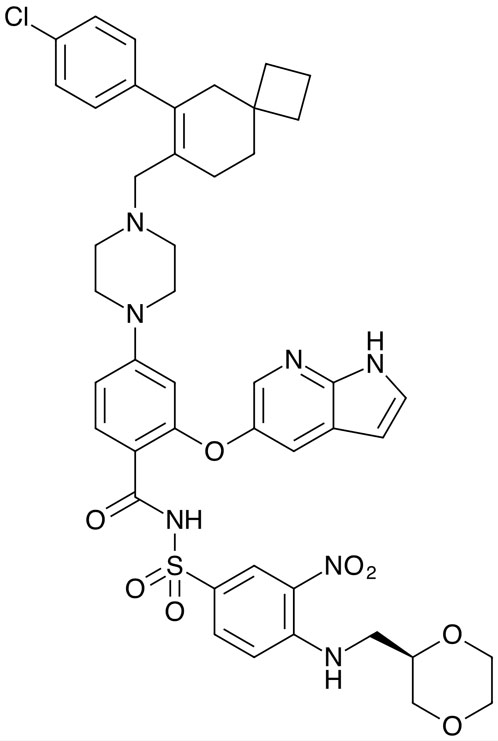
If the tumour microenvironment could be transformed from “cold” to “hot,” it could potentiate the effects of immunotherapy treatments. One drug designed to do this, lisaftoclax, is being developed by another Hong Kong-based company, Ascentage.1
It is a B-cell lymphoma 2 (BCL-2) inhibitor that resets tumour-associated macrophages toward the M1 phenotype.2 This promotes a favourable response to anti-PD-1 immunotherapy via the activation of NLRP3.
A Phase I trial was done to investigate its safety, efficacy and PK/PD.3 In all, 52 patients with relapsed or refractory (R/R) chronic lymphocytic leukaemia, small lymphocytic lymphoma and other haematologic malignancies were given lisaftoclax … and the maximum tolerated dose was not reached.
Treatment-emergent adverse events included diarrhoea, which affected almost half of the patients, fatigue, nausea, anaemia, thrombocytopenia, neutropenia and constipation. None resulted in the discontinuation of treatment.
With a median treatment of 15 cycles, 14 of the 22 patients who were evaluable for efficacy achieved a partial response — with an objective response rate of 64% and a median time to response of two cycles.
Results of a clinical trial in patients with acute myeloid leukaemia (AML) and other myeloid neoplasms have also been reported.4
There was an overall response rate (ORR) of 75% and a composite response rate (CRc), comprising complete remission and complete remission with incomplete blood count recovery, of 44% in the 36 patients with relapsed or refractory AML who were evaluable for efficacy and had been treated with lisaftoclax in combination with azacitidine.
The proportions were 71% and 48%, respectively, in the 21 evaluable elderly patients with treatment-naïve AML. No tumour lysis syndrome was reported. In the first (dose escalation) part of the study, 13 patients were given oral doses of 200, 400, 600 or 800 mg as a single agent.
The ORR and CRc were both 8% and doses of 600 mg and 800 mg were selected for the combination doses in the second part of the study.
Here, 102 patients in five disease-type cohorts were given oral daily doses of the drug in combination with either low dose HHT or azacitidine — depending on the type of cancer — in 28-day cycles (or 14-day cycles for those patients with high-risk myelodysplastic syndrome [HRMDS]).
In the treatment-naïve AML cohort, the ORR and CRc for the 21 evaluable patients were 71% and 48%, respectively; for the 36 evaluable patients with R/R AML or myeloid neoplasm, the figures were 75% and 44%.
Both were 75% for patients with blastic plasmacytoid dendritic cell neoplasm and they were 70% and 60% with HRMDS. Common treatment-emergent adverse events included haematologic toxicities, electrolyte imbalances and diarrhoea. Again, there was no evidence of tumour lysis syndrome.
References
- J. Deng, et al., Clin. Cancer Res. 28, 5455 (2022).
- F. Luo, et al., Cell Mol. Immunol. 21, 60 (2024).
- S. Ailawadhi, et al., Clin. Cancer Res. 29, 2385 (2023).
- H. Wang, et al., American Society of Hematology Annual Meeting (San Diego, CA, US, 2023), Abstr. 2925.
